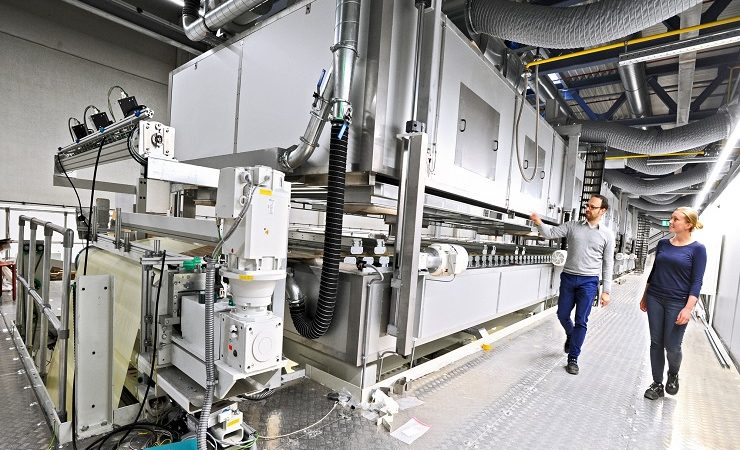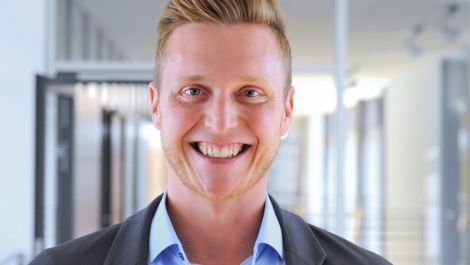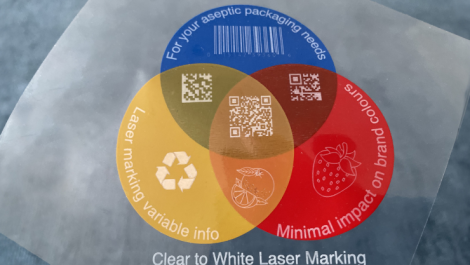Herma has partially commissioned its new coating plant for adhesive materials at its headquarters in Germany, in order to allow better distancing between individual production teams during the coronavirus pandemic.
Although not yet fully commissioned, the €90 million coating plant for label adhesives has been brought into service by Herma by a desire to implement, with immediate effect, better distancing between individual production teams. In any case, the further increased degree of automation of the new plant significantly reduces the extent of human interaction.
A further favourable side effect of the partial commissioning is noted as the capacity for absorbing production peaks. Much of the current order stream is being fuelled by the increased demand for adhesive materials that are applied to shipping labels or product labels for medicines, disinfectants and other medical products.
In a joint statement, Herma managing directors Sven Schneller and Dr Thomas Baumgärtner, who also oversees the company’s Self-adhesive Materials division, explained, ‘We are now operating two entirely autonomous plants. In other words, the availability of duplicated systems maintains our ability to fulfil orders, even if production needs to be suspended in one of the plants.’
Herma had originally intended to commission the new facility in the fourth quarter of 2019, but this plan was initially put on hold because of unforeseen building requirements relating to fire protection in particular.
Mr Schneller and Dr Baumgärtner expect Herma to commission the remainder of the new plant in the summer. When fully operational, the new plant will increase Herma’s annual self-adhesive material capacity by 50 percent, to 1.2 billion sqm. It will be used to manufacture innovative labelling materials, such as shipping labels without a liner and film labels produced largely or exclusively from recovered raw materials.
Dr Baumgärtner added, ‘Thanks to a special combined cooling, heat and power plant, Herma can dramatically reduce its primary energy consumption in the new facility. While highly sophisticated from a technical perspective and giving rise to a slightly extended construction period, it enables us to generate up to one-quarter of the electricity that we consume. In addition, we use the heat produced by power generation for heating purposes in the wintertime, and during the summer we use it very efficiently to provide the energy needed for cooling.’





